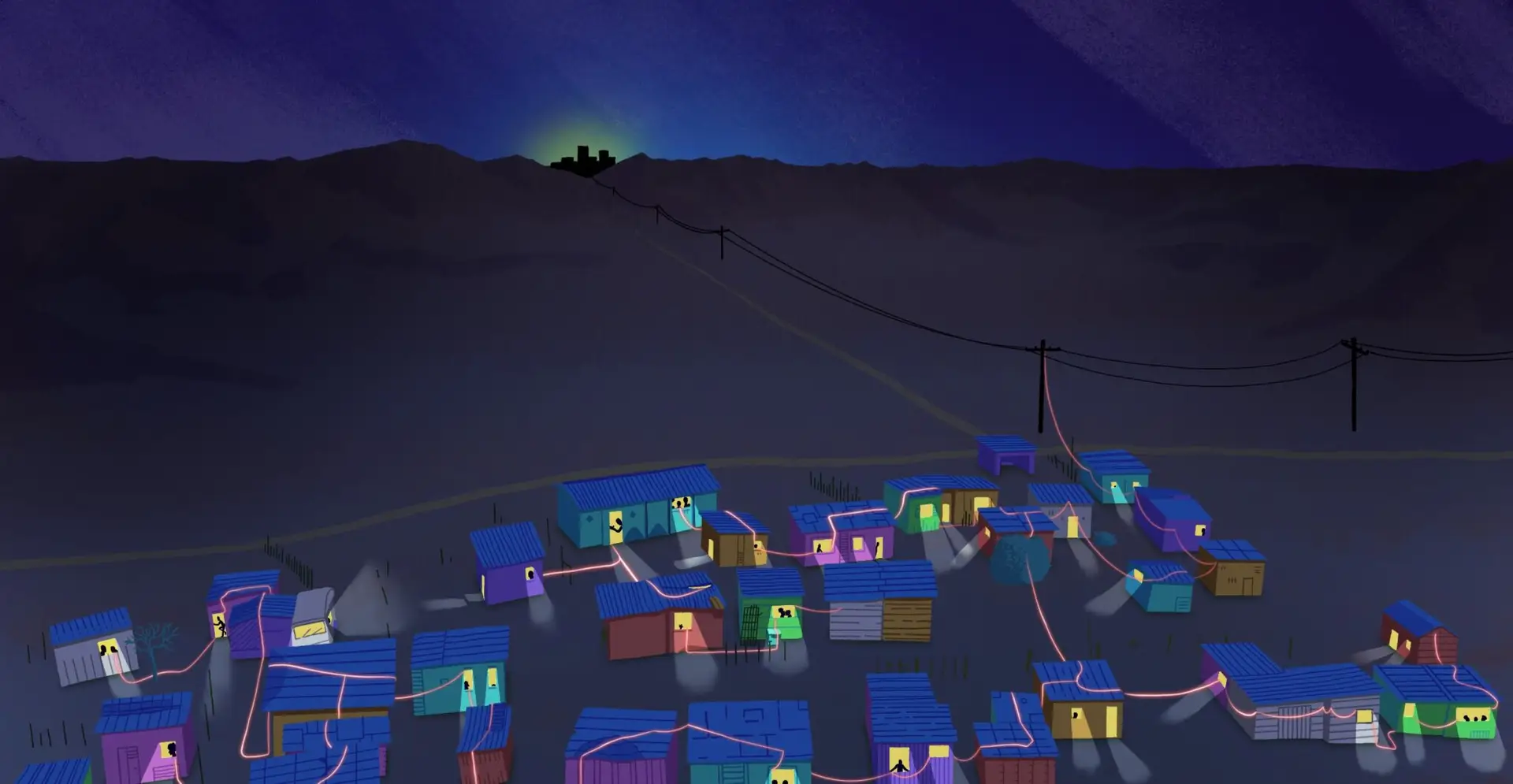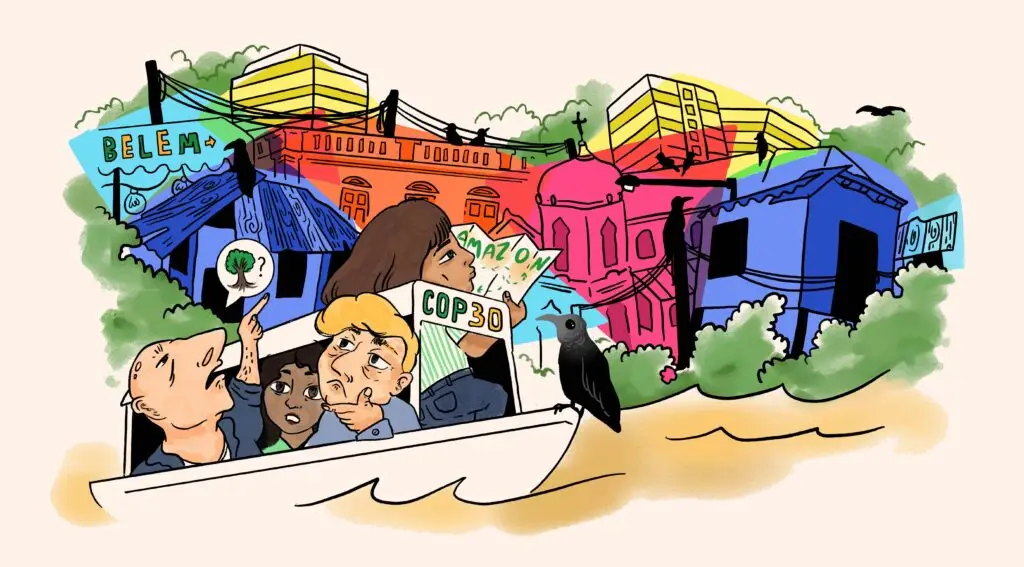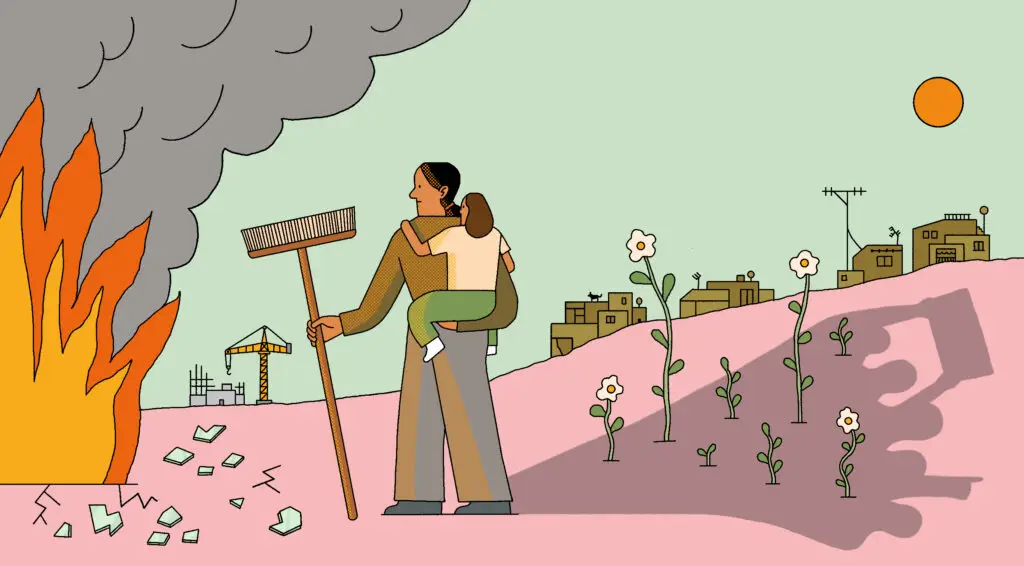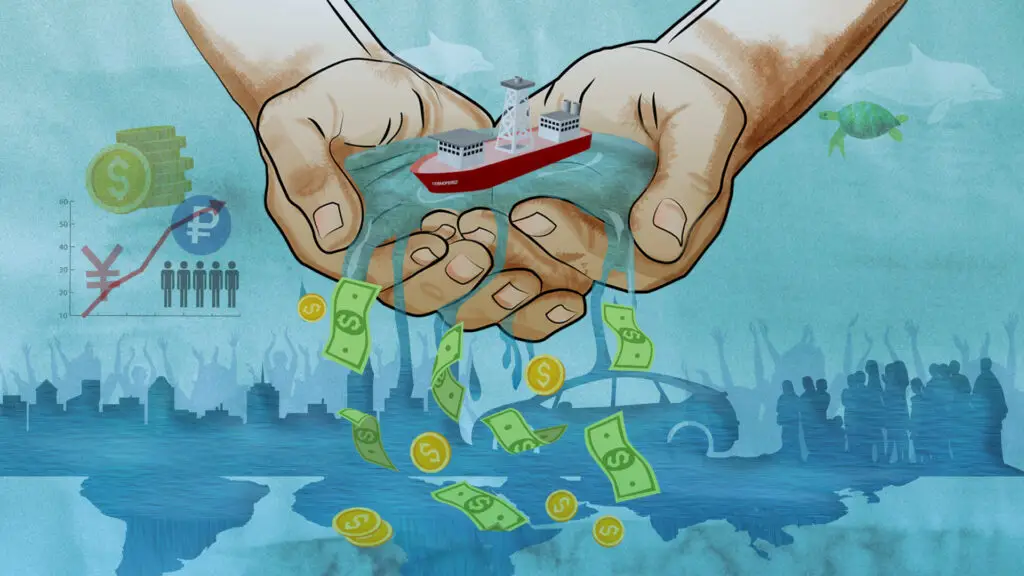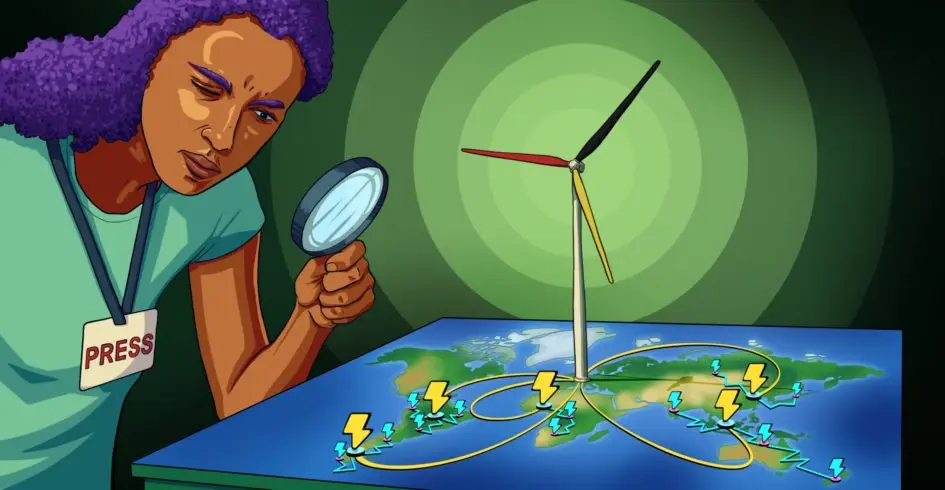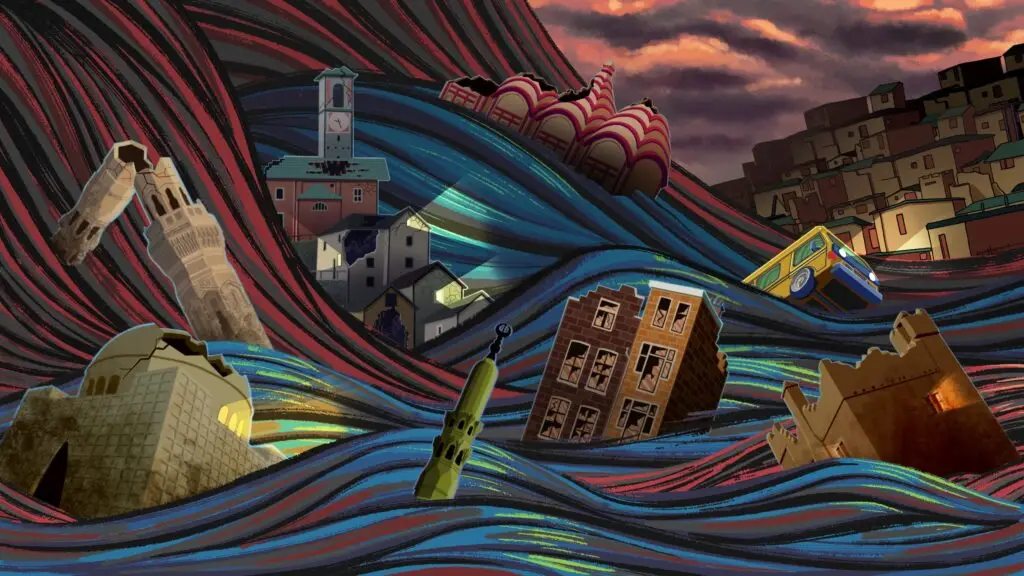Queenie*, a 37-year old mother of four living in a township of Windhoek, Namibia looks to the sky in a bid to determine whether she’ll be able to charge her phone tonight or not. Overcast clouds during the day dim her hopes of having light during the night. The solar panel on top of the roof of her shack will not have stored enough energy.
“You get used to it,” she explains.
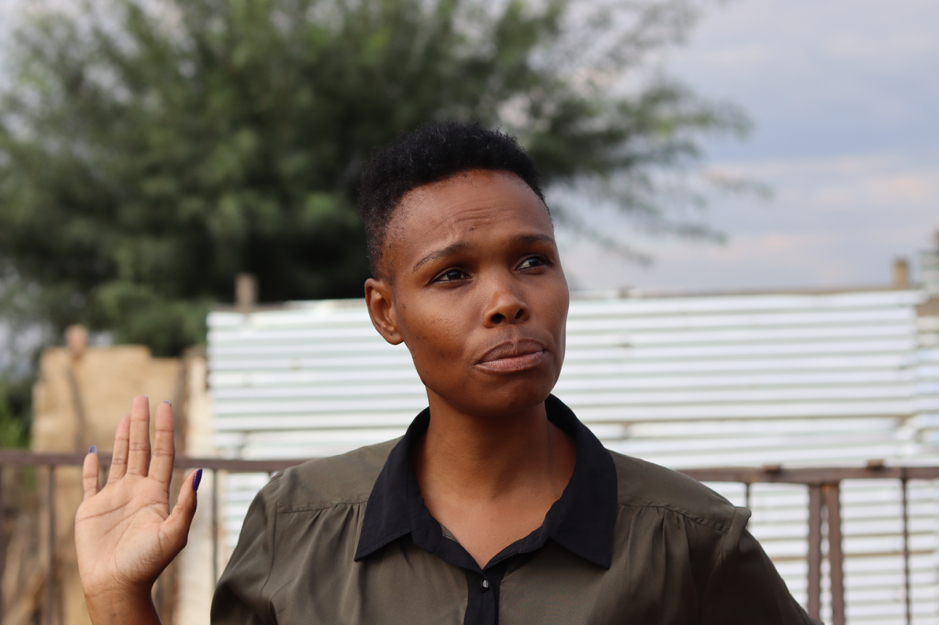
In Namibia, where close to a million people live without access to the electricity grid, the sun shines for an average of around 300 days. Solar energy could offer higher rates of electrification, but so far, remains expensive.
Thousands of kilometres of illegal electricity lines, buried deep in the ground, run from one side of the township with access to the grid to the other side without. The cost of getting energy from one of those lines: 800 NAD. For comparison: The average wage in Namibia lies at about 4.000 NAD a month. The financial downside isn’t the only risk to the illegal electricity lines, either. With many people within one household connected to the illegal plugs, power failures and risk of theft run high, too.
“There are so many risks when you live without electricity. Fire caused by candles is the most common. I’ve seen people lose their homes to that. But crime after dark is also very high in this area,” Queenie tells Unbias the News.
Namibia, a country in the southwestern corner of the African continent, boasts 824,292km², but with a population as small as 2,5 million people, is the second least densely populated country on earth. Despite this small number, current estimates say that only 56 percent of the Namibian population have access to electricity.
Namibia’s lack of power not only stems from its failure to extend the country’s electricity grid due to the country’s immense vastness and the cost of such an undertaking, but also from its internal energy sources. Estimates show that Namibia’s own resources only supply less than a third of what is needed for the country to cover its energy consumption. While there is high potential for solar, renewable energy remains tremendously expensive, and therefore not feasible without foreign investment.
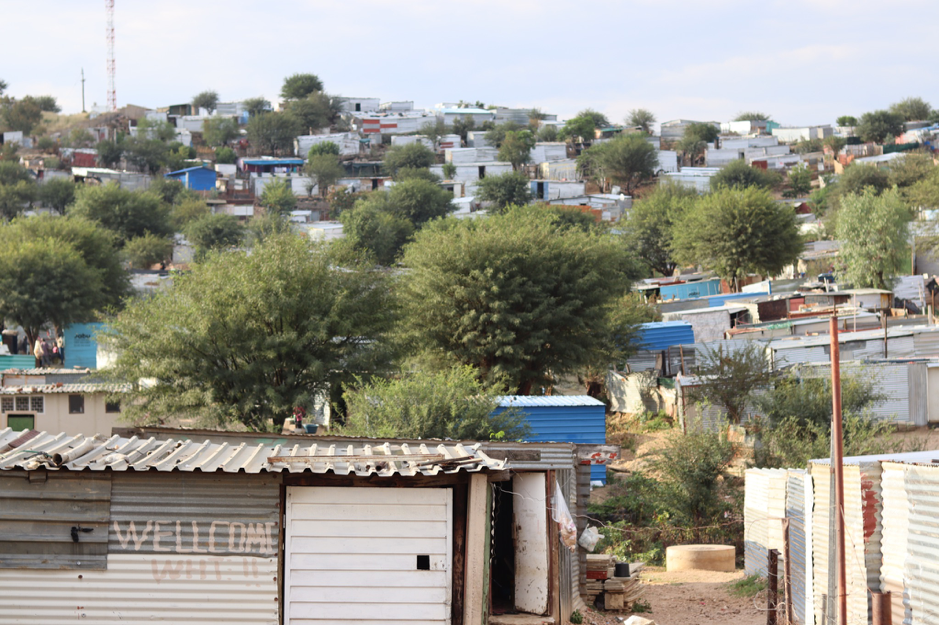
Promising prospects
However, there could be a promising solution to Namibia’s energy problem – green hydrogen.
Germany and Namibia, who share a complex colonial history as well as ongoing debates about reparations, have forged a partnership in green hydrogen production.
With Namibia boasting ample sunshine and vast space to produce green hydrogen while requiring international investments to establish a large-scale industry, Germany estimates Namibia could play a substantial role in answering its future energy needs.
The Namibian government has suggested that the country will need up to $190 billion (€181 billion) by 2040 to become Africa’s first green hydrogen hub, delivering the potential for the hydrogen industry to contribute up to $6 billion to its GDP. This shows how financing is the most pressing challenge facing hydrogen production. Only recently did Namibia sign a $10 billion green energy deal with Germany’s Hyphen, the energy company responsible for the implementation of the green hydrogen plant in the Tsau Khaeb National Park.
Chigozie Nweke-Eze, CEO of Integrated Africa Power (IAP) and a researcher on large-scale renewable energy projects in Africa, told Unbias the News: “One thing that Namibia is going to benefit in is geopolitical. We see Namibia that no one knew before. Suddenly they came into the energy map.”
For him, the potential benefits of green hydrogen for Namibia could be “more job creation, economic growth and industrialisation.”
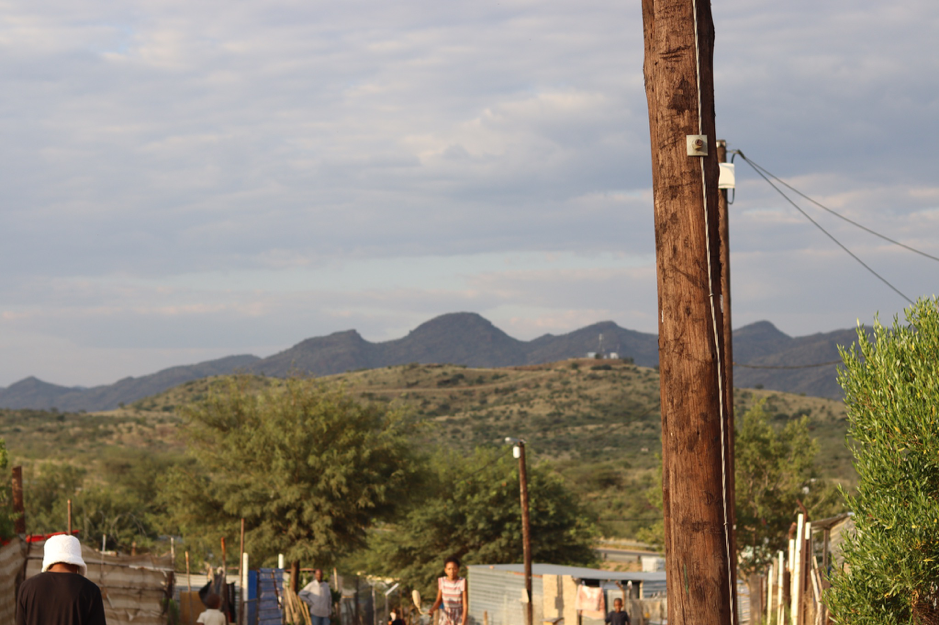
Excess energy for the grid
Green hydrogen, which is exclusively produced by renewable energy sources such as solar and wind energy, faces a challenge in ensuring consistent output levels due to its inherent volatility. To overcome this, a surplus of solar energy and water – obtained from desalination plants – will be produced to guarantee stable production at the green hydrogen plant. The question that arises is this: What will happen with the excess by-product?
“It should be acknowledged that Namibia has embarked on a very optimistic Green Hydrogen program,” Irene Hoaes, a spokesperson for NamPower, Namibia’s state-owned electricity utility, said. “If the energy sources are realised at the scales and magnitudes mentioned, it may have a significant impact on the Namibian Energy Sector.”
According to Hoaes, NamPower itself announced plans to implement several generation projects with a total capacity of 220 MW. The move comes as the country aims to achieve 85% self-sufficiency and source 70% of its energy needs from renewable energy sources. However, whether or not the excess energy from the green hydrogen plant could also be used, has not yet been determined.
The move comes as the country aims to achieve 85% self-sufficiency and source 70% of its energy needs from renewable energy sources. However, whether or not the excess energy from the green hydrogen plant could also be used, has not yet been determined.
She added that a study would be conducted to determine the feasibility of “having access to 2-3 GW of renewable energy at the benefit of significantly reduced costs due to the economies of scale and it being a ‘waste’ product to the Green Hydrogen Projects.”
The Namibian government and Hyphen Hydrogen Energy recently signed a so-called Feasibility and Implementation Agreement (FIA) “that governs the process for the development, implementation and operation of sub-Saharan Africa’s largest, and its only fully vertically integrated, green hydrogen project”, as Hyphen shared in a press release.
However, the excess energy isn’t mentioned in the details of the agreement that have been shared with the public.
“The national government should negotiate as much as it can,” Nweke-Eze added. “But sometimes it is also in the capacity of the government to negotiate and this depends on delegations and different grounds, and is not just about electricity.”
According to its own figures, Hyphen will require around 7.000 megawatts of electricity to cover the process of splitting water into oxygen and hydrogen and to further process it into ammonia. To contextualise this number: Namibia’s current maximum consumption lies at just over 600 megawatts.
On or off-grid solutions
Initiatives such as Ebikes4Africa have been using solar batteries in ebikes to increase mobility among Namibians, especially within marginalised communities who can struggle to access a vehicle under their usual circumstances. The NGO recently tried to integrate the solar battery used in their bicycles into an off-grid e-hub that can help vendors in remote locations keep their groceries cold, allowing whole communities to benefit from the fresh access to electricity.
Off-grid solar batteries are proving to be an effective solution for Namibians residing in remote areas who lack access to electricity. However, while they offer a reliable source of energy, they fall short of contributing towards the country’s electrification goals. These batteries have yet to advance and scale up to grid-connected solar energy. Therefore, the potential of utilising excess energy generated by green hydrogen plants holds more promising possibilities.
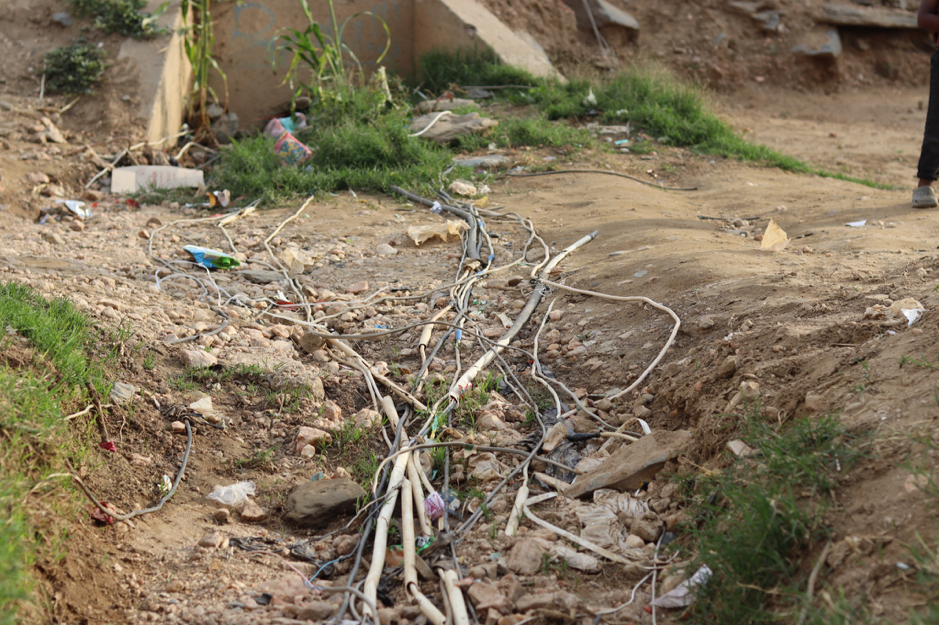
Namibia isn’t the only country that is making waves in the global race to produce green hydrogen. Nigeria too is quickly emerging as a major player in this space. The German government has recognized the potential of Nigeria’s green hydrogen capabilities and has established partnerships with the country to ensure its future energy needs are met. Nigeria is facing a similar situation to Namibia: Africa’s most populated country is struggling with low rates of electrification, high cost of electricity and limited access for its people. Initiatives have tried to find off-grid solutions using solar batteries in Nigeria, too.
However, Nweke-Eze suggested that off-grid solutions won’t help make a change on the systemic level. “Because every country needs to industrialise, you have to use the grid, even when it comes to solar energy, anywhere you can. This is what makes an economy advanced,” he said.
Adding it up
Could green hydrogen plants in Namibia and across other African countries bring light to the skies and homes of thousands of people, while still exporting most of their products to Europe?
“The important thing is that this project will make Namibia’s energy supply stronger, more robust and more climate-friendly,” Robert Habeck, Germany’s economy and climate protection minister, said during a visit to Windhoek at the end of 2022.
It’s a simple equation: if the green hydrogen plant generates more energy than it uses, and the excess energy is contributed to the electricity grid, there could be a significant impact. However, this policy is still up for negotiation.
As Nweke-Ezi explains, “It is about what is additional to what is already happening. One company cannot revolutionise the entire country’s electricity sector.”
But Namibia, boasting ideal conditions for green hydrogen production while simultaneously having low energy demands due to its small population, could still see a change.
But for people such as Queenie, living without electricity in the urban sprawl of Namibia’s capital, charging phones overnight will only become a more likely scenario once their township is connected to the grid – and electricity becomes more affordable for those living in them.
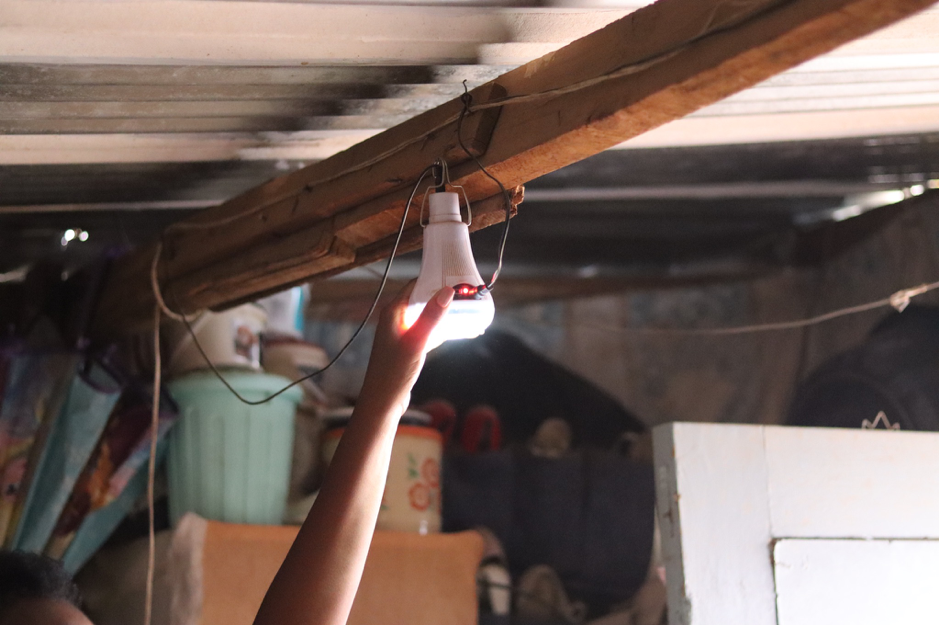
About the author:
Lisa Ossenbrink is a German-British correspondent and author reporting from Southern Africa for German and international media in multimedia formats. Her topics range from renewable energy to climate innovation and political developments.
Read more in this series:
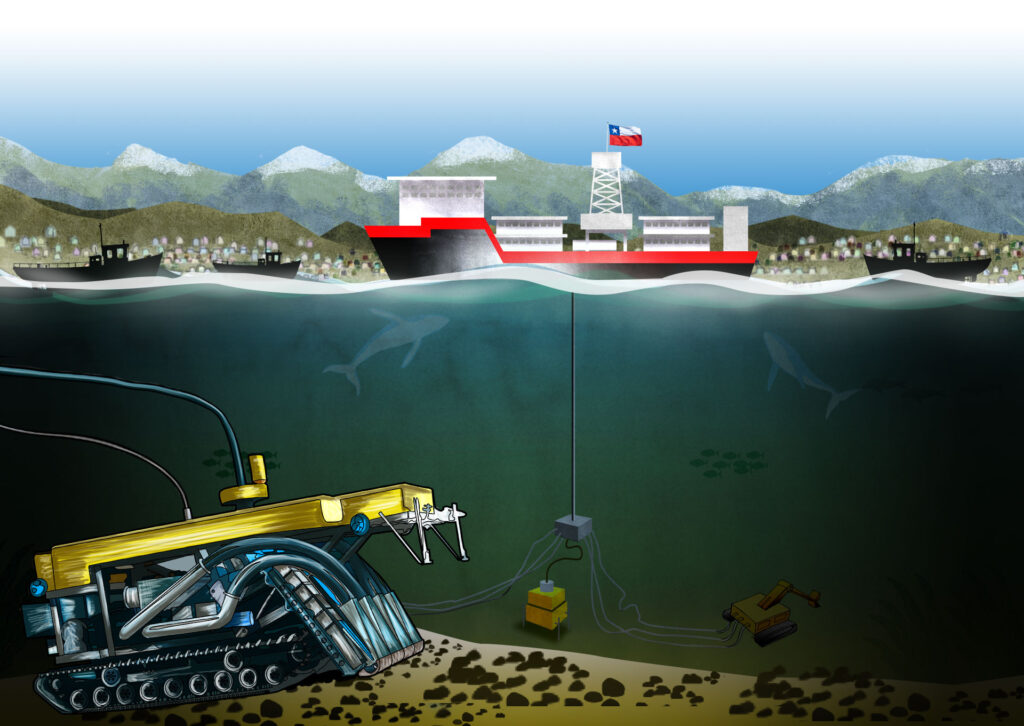
After the international negotiations on deep sea mining, it is worth asking whether this activity could be developed in the future in Chile, a mining country whose sea is almost five times larger than its continental surface. While some say that “it does not make sense”, others suggest that it could be an alternative to reduce land-based mining conflicts.
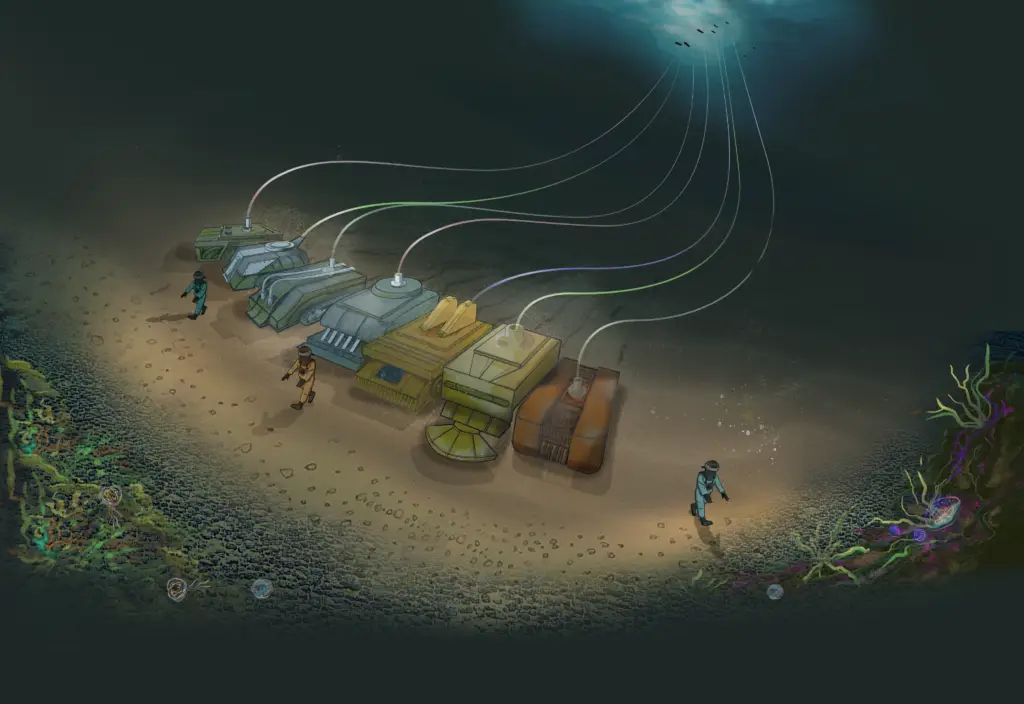
Proponents say that mining the deep seas will provide a nearly unlimited resource of valuable metals, solving the problem of where to get the materials needed for the green energy transition, with the profits shared by all mankind. However, the pressing question remains: Can we justify the costs?

This project was funded by the European Journalism Centre, through the Solutions Journalism Accelerator. This fund is supported by the Bill & Melinda Gates Foundation.

